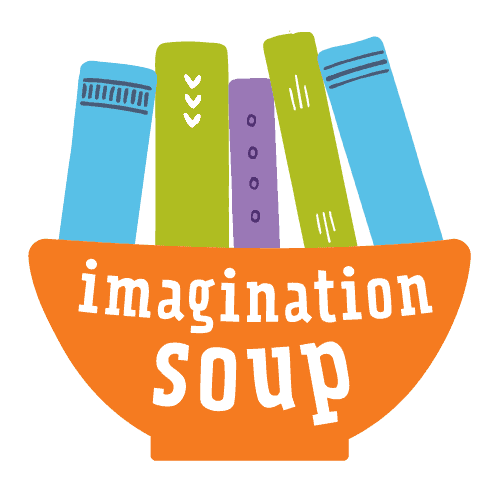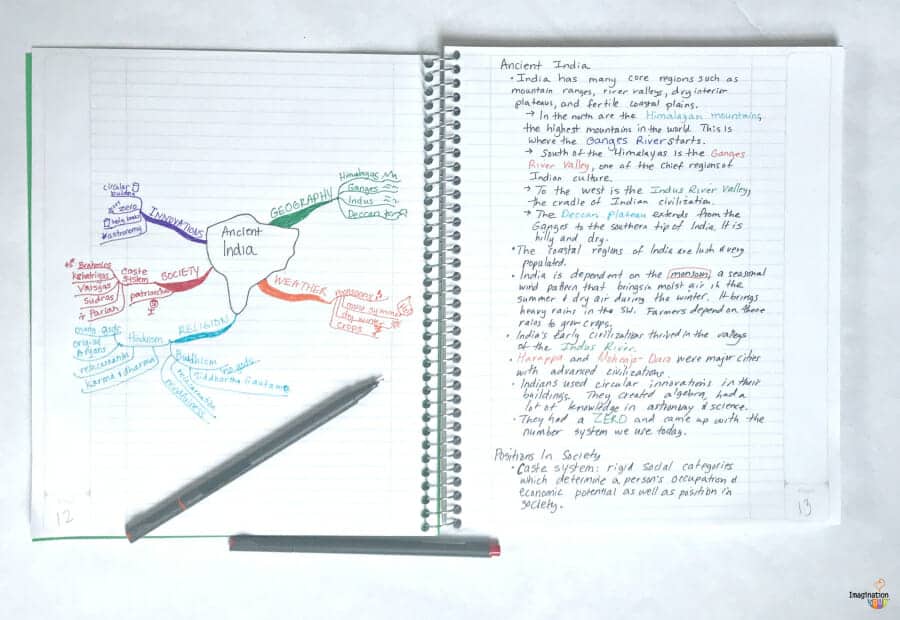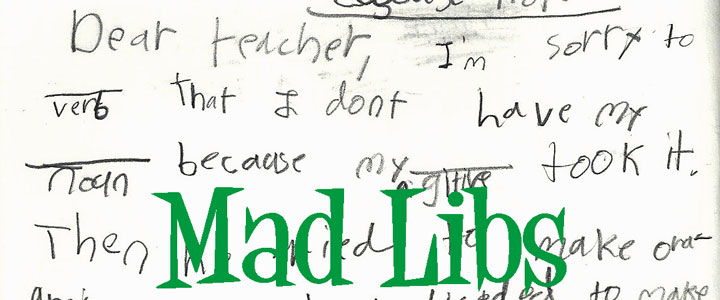Play the Forest School Way
This post may contain affiliate links.
 Play the Forest School Way: Woodland Games, Crafts and Skills for Adventurous Kids by Peter Houghton and Jane Worroll knows that the greatest playground for children is outside in nature.
Play the Forest School Way: Woodland Games, Crafts and Skills for Adventurous Kids by Peter Houghton and Jane Worroll knows that the greatest playground for children is outside in nature.
Play the Forest School Way
I like the activities in the book as well as the background information for facilitators to know and share with children before, during, and after each activity.
Each activity encourages reflection afterwards which I very much appreciate. Reflection something that many of us forget to include when facilitating learning but is really meaningful in cementing new learnings and allowing for ah-ha moments.
Forest School started as a grassroots movement in the UK whose mission was (and is) to connect children with nature. Much of it’s philosophy is derived from the Scandinavian outdoor model of learning as well as the learning theories of Rudolf Steiner and Maria Montessori.
This book seeks to bring the adventures and learning opportunities from Forest School to parents and teachers world-wide for children preschool ages up to age 11. There are games, crafts, and skill-building activities that inspire kids to enjoy nature with all their senses.
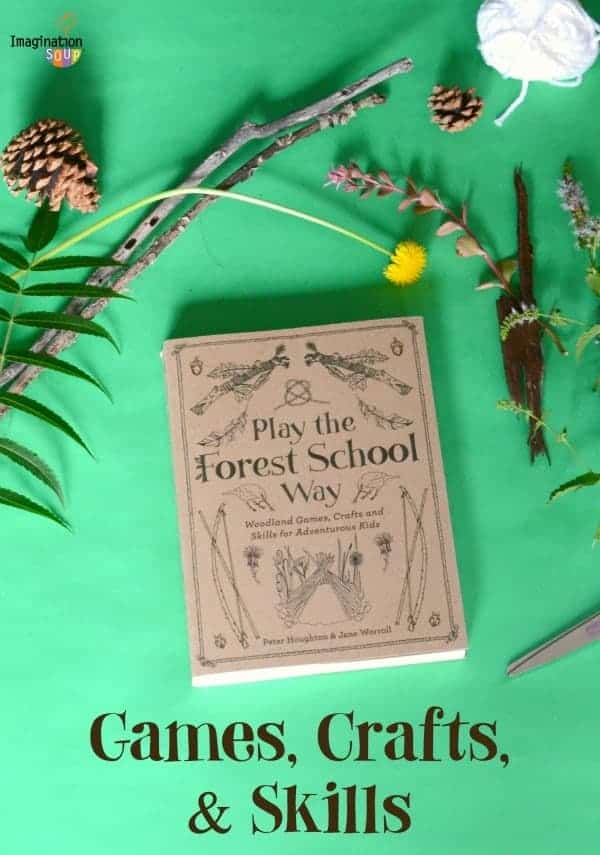
Each activity in the book provides the following information:
- location for the activity
- age group for whom it’s best suited
- possible learnings
- supplies needed
- directions for how to do the activity
- line drawings
The book is divided into four sections: Nature Explorers, Forest Arts, Survival Skills, Wildlife Team Games.
There’s an acorn hide and seek and woodland mapping in Nature Explorers. Later in Survival Skills, there’s essential knots, making fire, or finding wild food. Wildlife Team Games includes fun and active games for groups; games like Web of Life and Forest Fire.
But we started our Woodland Play with an activity from Forest Arts — Magic Wands.
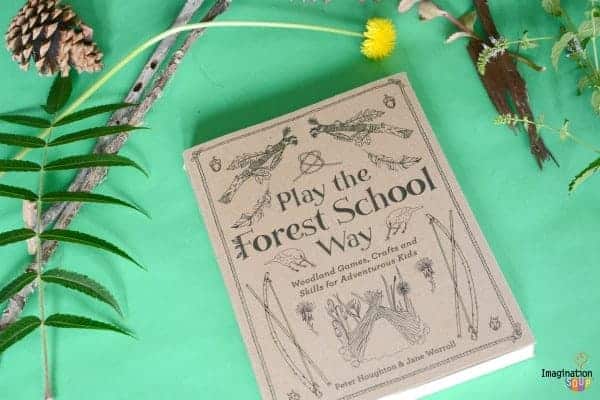
Magic Wands
My kids love fantasy so for us making wands was the obvious first choice with bow-and-arrows coming in second.
The book shares background information about the Celts letters with native trees plus their beliefs about the qualities for each tree. For example the oak is about endurance and courage while the silver birch is transformation and new beginnings. (This reminded us of Harry Potter’s wands and how their ingredients were so important and also very symbolic.)
Building the wands was simple.
We gathered sticks and natural decorations for the wands keeping in mind which kind of trees we might want to use.
Then the kids arranged their decorations on their sticks using yarn.
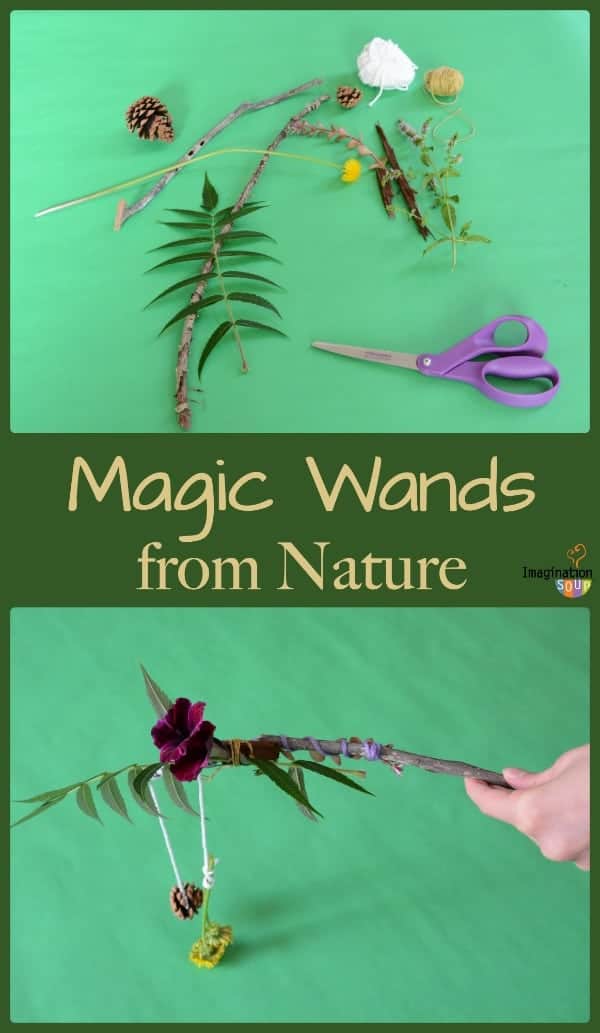
Ta-da!
Once done, we could imagine what magical powers our wands might have and discuss wands in favorite stories like Harry Potter.
Now, on to Bow and Arrows . . .
